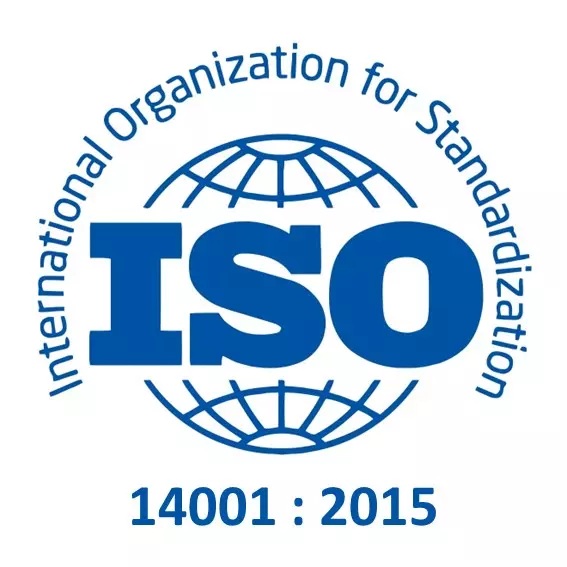ISO 14001 is the international standard for Environmental Management Systems (EMS), providing a framework for companies to identify, control, and reduce their environmental impact. Amid growing global demands for sustainability, transparency, and efficiency, implementing ISO 14001 is no longer just about compliance—it’s also a strategic investment.
However, this implementation often faces real-world challenges: manual data collection, difficulties in tracking waste, and the absence of systems that offer real-time visibility into environmental parameters.
This is where Labcentric LIMS plays a crucial role.
Core Principles of ISO 14001
Identifying Environmental Aspects and Impacts
Companies must identify activities, products, or services that affect the environment, either directly or indirectly. Examples include: gas emissions from smelting, liquid waste, or energy consumption.
Regulatory Compliance
Organizations must understand and comply with all applicable environmental regulations, such as Government Regulation No. 22 of 2021 on Environmental Protection and Management.
Setting Environmental Objectives
Companies are required to define measurable targets, such as reducing fuel consumption, decreasing hazardous waste volumes, or increasing material recycling.
Operational Control
Operational procedures should be designed to prevent pollution, for example through SOPs for waste management, stack emission monitoring, or chemical usage control.
Monitoring and Performance Evaluation
All environmentally impactful processes must be monitored and periodically evaluated to ensure the effectiveness of preventive and corrective actions.
Internal Audits and Management Review
Internal audits assess system compliance with the standard, while management reviews ensure continuous improvement of the system.
Why ISO 14001 Matters for Foundry and Casting Industries
Foundry processes like metal melting, chemical usage, and waste handling carry significant environmental risks. By adopting ISO 14001, companies not only show commitment to environmental responsibility but also:
-
Avoid penalties from regulatory violations
-
Improve resource and energy efficiency
-
Build trust with customers, investors, and communities
-
Meet certification requirements for global supply chains
Common Challenges in ISO 14001 Implementation for Foundries
The foundry and casting industry faces several major environmental impacts, such as:
-
Gas emissions from melting processes
-
Liquid waste from cooling or coating
-
Solid and metal waste (slag, dust collectors)
-
High energy and fuel consumption
-
Chemical usage in laboratory testing
Managing all this data manually is not only inefficient—it also poses high risks of errors and non-compliance during audits.
How Labcentric LIMS Supports ISO 14001 Implementation
1. Automatic Recording of Environmental Monitoring Data
Labcentric LIMS can directly integrate with:
-
Laboratory instruments like spectrometers, pH meters, and waste scales
-
Online sensors such as wastewater flow meters, gas analyzers, or furnace temperature loggers
Test results and monitoring data are automatically logged into the system without manual entry, reducing human error and preventing data loss.
2. Historical Data and Audit Trail Tracking
Every test result, revision, and validation by analysts or supervisors is chronologically recorded with user IDs and timestamps, providing:
-
Full traceability for ISO and internal audits
-
Strong evidence of compliance during environmental inspections
3. Automated and Real-Time Reporting
Labcentric LIMS supports environmental reporting in various formats:
-
Reports on wastewater, emissions, and hazardous material residues
-
Energy usage statistics per batch or period
-
Automatically generated daily, weekly, or monthly reports
These reports can be sent directly to relevant parties (QA, EHS, or management) via email or dashboard.
4. Integration with Production and ERP Systems
With integration capabilities to production systems (SCADA/PLC) and ERP, Labcentric LIMS can:
-
Log material and energy usage per production process
-
Link test results to production batch numbers
-
Assist in calculating material efficiency and its environmental impact
Previously scattered and hard-to-track data is now consolidated in a centralized platform.
5. Proactive Alerts and Controls
LIMS can be configured to send alerts when:
-
Test results exceed environmental thresholds
-
Instrument calibration is due
-
Scheduled sample collection deadlines are approaching
This enables a preventive rather than reactive approach.
Conclusion
Effective ISO 14001 implementation requires a system that can manage environmental data in a real-time, structured, and traceable manner. Labcentric LIMS is not just a lab tool—it’s a platform that bridges the laboratory, production, and environmental management system into one digital workflow.
With Labcentric support:
-
ISO 14001 compliance becomes easier to achieve
-
Audits become faster and more transparent
-
Environmental risks can be proactively monitored and controlled
-
Companies are empowered with a strong foundation to become sustainable and eco-friendly industries
Digital transformation isn’t just about efficiency—it’s about protecting the planet and ensuring long-term industrial sustainability.

